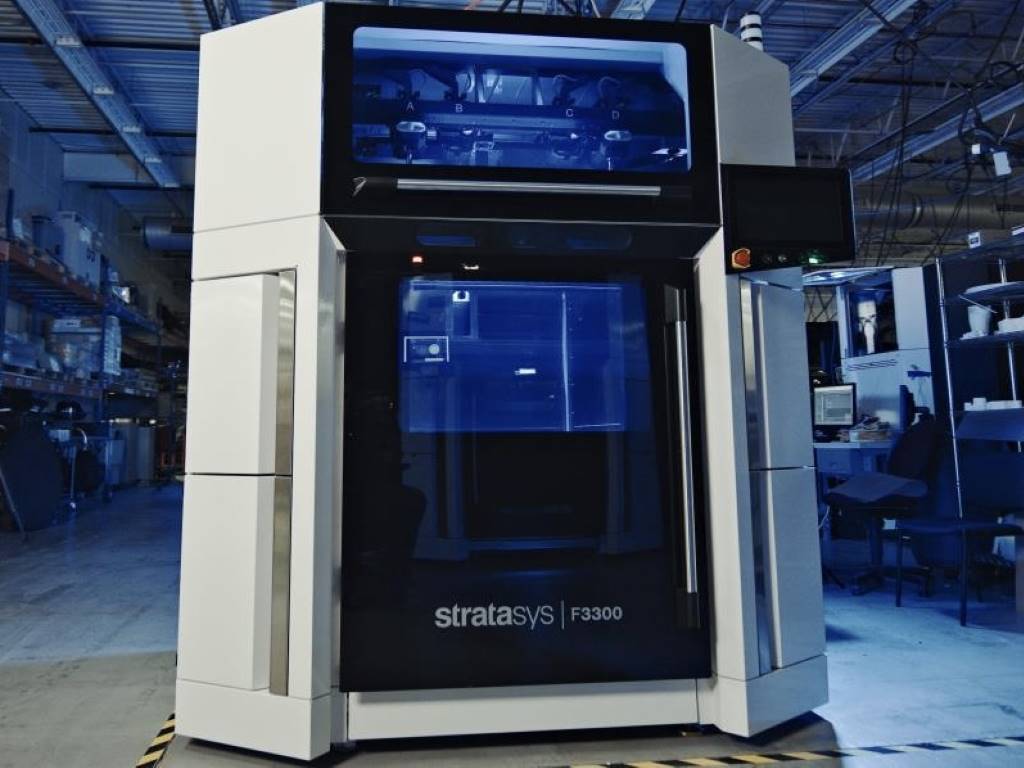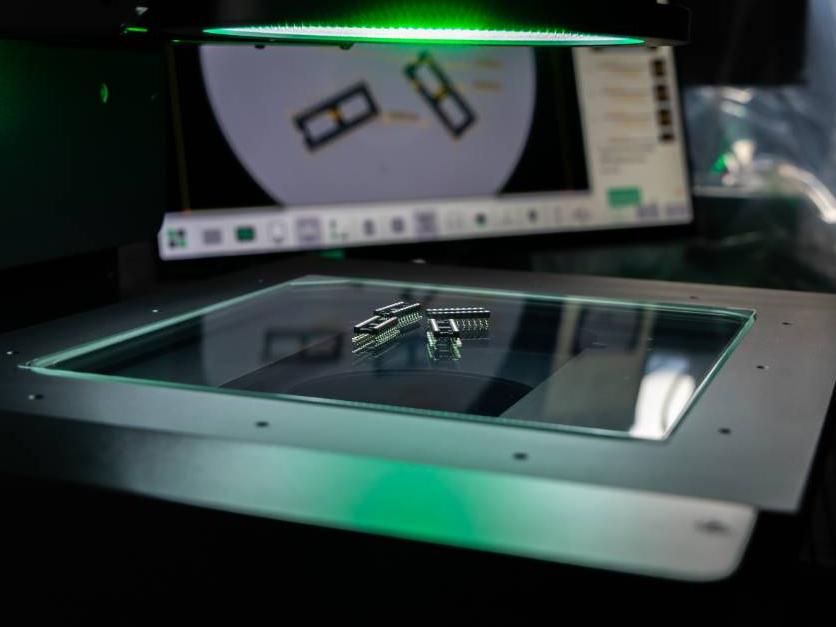Virtual commissioning offers machine builders time and money

The process of virtual commissioning offers an effective way to discover any design issues during the machine build cycle.
Keith Higgins, VP of digital transformation at Rockwell Automation explain how.
Virtual commissioning employs digital twins, delivering a comprehensive simulation of the entire production process from start to finish. Digital twins allow organisations to simulate production without the use of any physical machinery, enabling them to discover any design flaws and optimise quality before they begin to manufacture any products.
While virtual commissioning isn’t brand new, many machine builders struggle to maximise value from their virtual production processes. Above all, it can be challenging to connect a digital twin to the real operational logic of its control system. However, when executed properly, virtual commissioning can improve efficiency and reduce costs.
A closer look at virtual commissioning
Driven by industrial automation, machine builders today prize speed and efficiency. These organisations must deliver new and increasingly sophisticated products – and to stay ahead of competition, they must do it faster and faster, while maintaining product quality.
To achieve this, engineering teams deploy new machinery that employs advanced components, such as hydraulics or motors, or they incorporate these components into existing machines.

However, machines that are new or upgraded do not undergo controls testing until the very end of a project, just before a customer’s production start date – exposing problems at the most critical moment. There could be functionality issues, such as a missing sensor, or the customer may suddenly express a concern, like the HMI’s sequence or layout.
These problems are difficult and expensive to address this late in the process. Moreover, they can be impossible to anticipate. As a result, critical deadlines are missed and products are delayed.
Virtual commissioning offers a solution through digital twin technology. Digital twins create a virtual model of a machine and allows engineers to simulate controls testing before it is actually built.
Organisations use these virtual modelling and simulation features to rapidly discover any design issues prior to machine production. From there, they can optimise any problematic machines within a couple of days rather weeks or months and without the associated production delays.
These organisations can develop a comprehensive digital environment, employing real operational logic that’s connected to a control system, allowing them to test, debug and verify performance, all virtually.
Other benefits of digital twins
Digital twin technology delivers manufacturers benefits beyond identifying and remedying design issues. For instance, it can also be used for operator training to help boost worker productivity and performance. When virtual environments are employed to simulate processes, machines and controls, operators can learn processes quicker, more safely and at less cost by demonstrating competency and effectiveness before they enter an actual production environment. They can also try out new approaches easily.
The beauty of training in a virtual environment is that operators don’t have to worry about the same risks and consequences present in the real world. This allows them to experiment in ways they couldn’t before. And with everything available digitally, they can do all of this from anywhere.
There’s not much virtual environments can’t do. Three-dimensional simulations enable manufacturers to determine how they can run products, machines and facilities at optimal throughput. Organisations can also pair a digital twin with an actual machine to determine where an issue could occur when the machine’s performance begins to stray from the model.
Virtualised models can even incorporate virtual sensors, which can be used to substitute for malfunctioning sensors or even to replace physical sensors entirely. Digital twins transform how manufacturers approach and execute the entire production process.
Conclusion
People use digital replicas for all sorts of purposes, from street maps for navigation to virtual open houses that make it possible to explore a new home remotely. Similar processes can be employed to drive greater efficiency, reduce costs and avoid delays for manufacturers.
In the industrial sector, virtual environments and digital twin technology has a variety of beneficial applications. They can ensure machinery works properly and optimally before the commissioning phase. They can also improve and expedite the training process for operators or reduce downtime by yielding new maintenance insights.
No matter what industry an organisation is in, digital transformation requires commitment and patience. But that effort will pay off many times over and deliver tremendous ROI, especially in manufacturing.
The global manufacturing sector is more competitive today than it has ever been. To stay ahead of the market while delivering new products faster and without sacrificing quality, these organizations must leverage virtual environments.
Rockwell Automation www.rockwellautomation.com














